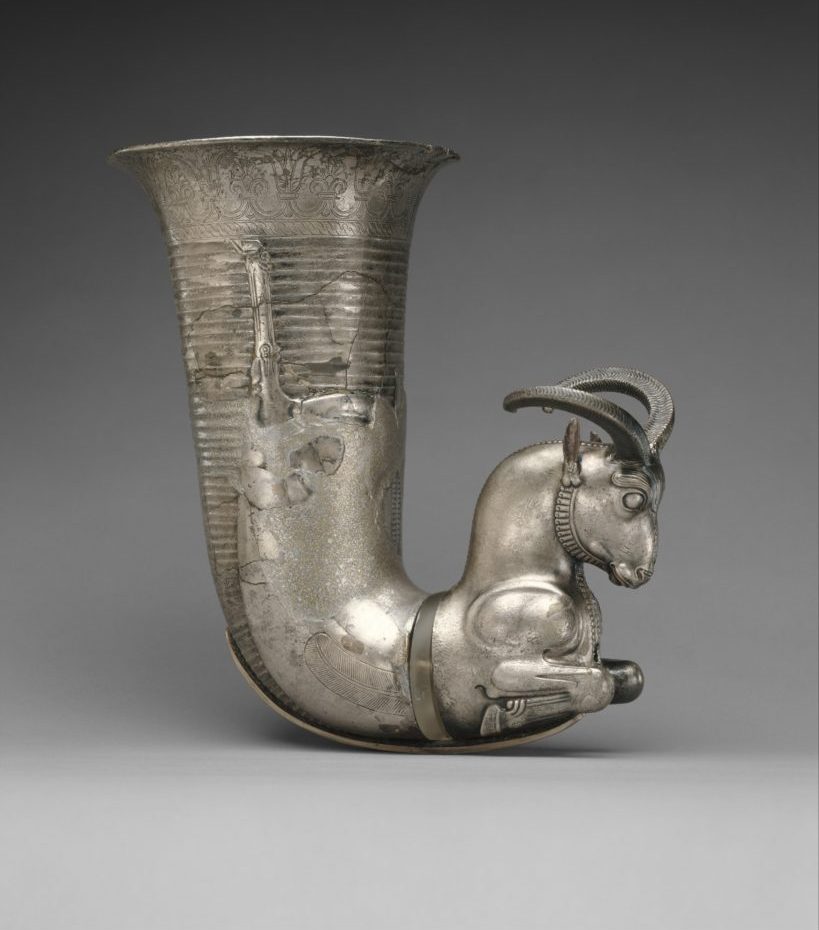The Achaemenid Silver Rhyton is a significant artifact from the Achaemenid Empire, which was a vast and powerful empire in ancient Persia from 550-330 BC. The rhyton, a ceremonial drinking vessel, is an exquisite example of the artistic craftsmanship and aesthetic sophistication of this period. It is made of silver and intricately decorated with motifs and scenes that provide valuable insights into the culture, beliefs, and practices of the Achaemenid people.
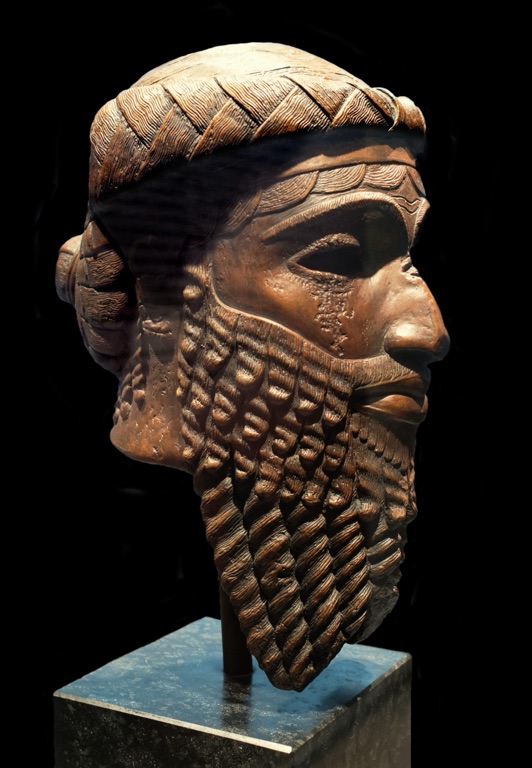
The Akkadian Empire History 101
The Akkadian Empire, named after its capital city Akkad, was a formidable ancient civilization that thrived in Mesopotamia (modern-day Iraq) from around 2334 BC to 2154 BC. Founded by Sargon of Akkad, the empire is recognized as the first to achieve political unity in the region, bringing together the Sumerian city-states under one rule. The Akkadians were renowned for their advancements in governance, military strategy, and culture, leaving a profound impact on future civilizations. This article explores the fascinating history of the Akkadian Empire, its notable achievements, and the role of trade in its prosperity.
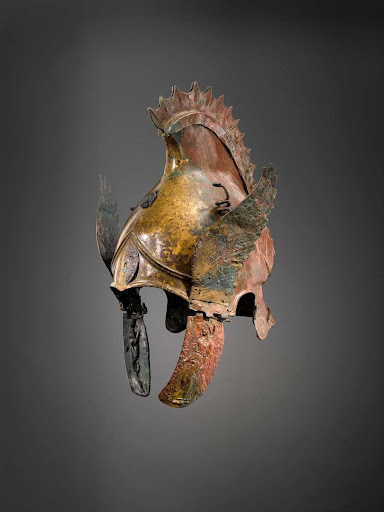
The Bronze Winged Helmet Of Phrygian Chalcidian
The Bronze Winged Helmet of Phrygian Chalcidian is a captivating artifact from ancient times. This remarkable piece of headgear, dating back to the 4th century BC, is a testament to the advanced craftsmanship of the Phrygian civilization. Its unique design combines elements of both Phrygian and Chalcidian styles, with its most striking feature being the ornate bronze wings. This helmet offers a fascinating glimpse into the past, revealing insights into ancient warfare, culture, and artistry.

Kaminaljuyu
Kaminaljuyu, located in present-day Guatemala City, is one of the most significant archaeological sites in the region. This ancient city was a major center of the Maya civilization and played a crucial role in its development. Kaminaljuyu was inhabited from around 1500 BC to AD 1200, spanning the Preclassic and Classic periods of Mesoamerican history. Despite urban development, many artifacts and structures have been unearthed, providing invaluable insights into the civilization that once thrived here.
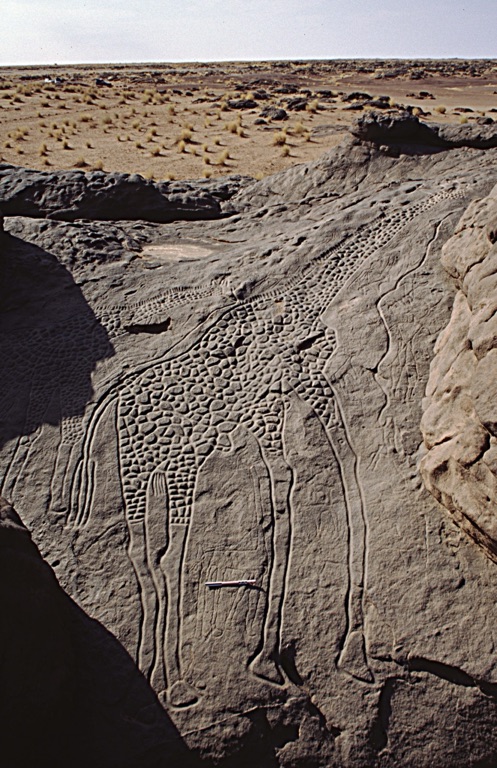
The Dabous Giraffes Petroglyphs
The Dabous Giraffes Petroglyphs are an iconic testament to the ancient artistry of the Sahara. Found in Niger, Africa, these rock carvings, believed to be around 6,000 to 8,000 years old, depict two life-sized giraffes. The larger of the two, a female, measures nearly 18 feet in height, making it one of the largest known animal petroglyphs in the world. The smaller, a male, stands just beside her. These carvings offer a window into the Sahara’s green past, a time when giraffes roamed freely in the region.
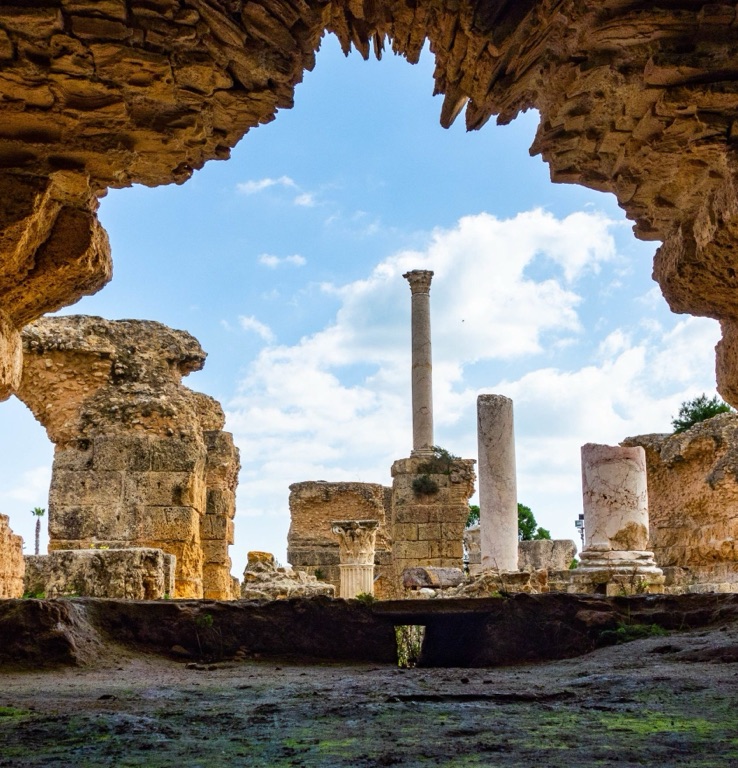
Carthage: A Beacon of Ancient Civilization
Carthage was an ancient city located on the eastern side of Lake Tunis, in what is now Tunisia. Founded by the Phoenicians in the 9th century BC, it grew to become a vast and powerful city-state that dominated the Mediterranean. Carthage was renowned for its wealth, sophistication, and naval prowess. It was a major hub of trade and commerce, and its influence extended across North Africa, the Iberian Peninsula, and the islands of the Mediterranean. Despite its eventual destruction by Rome in the Third Punic War, Carthage’s legacy continues to shape our understanding of the ancient world.

